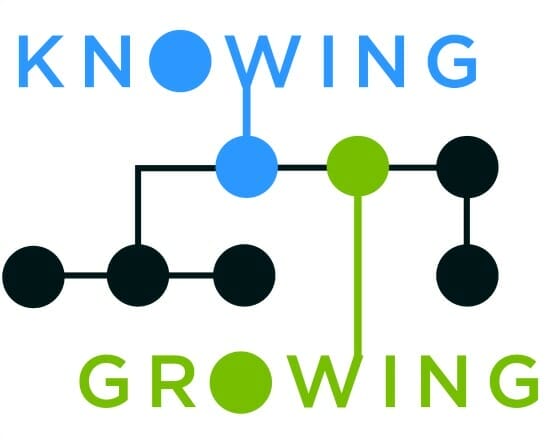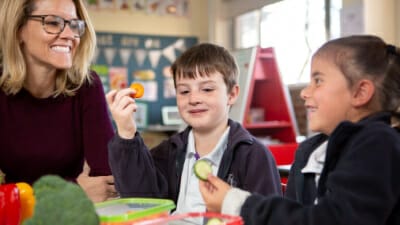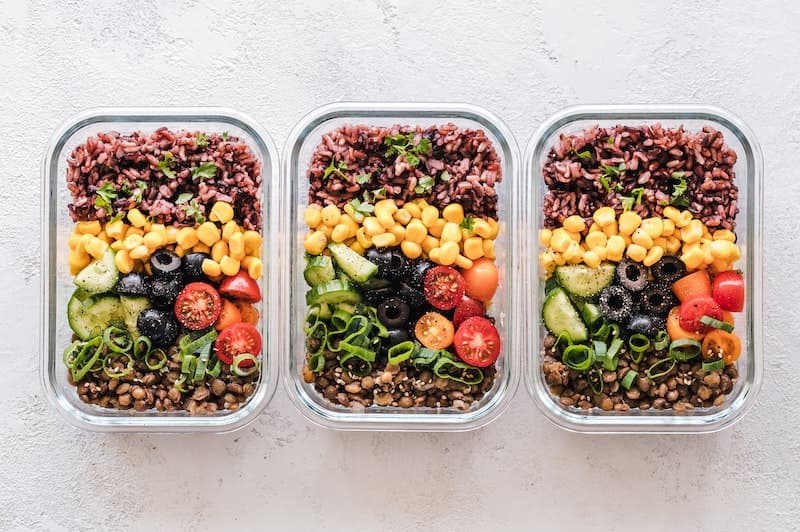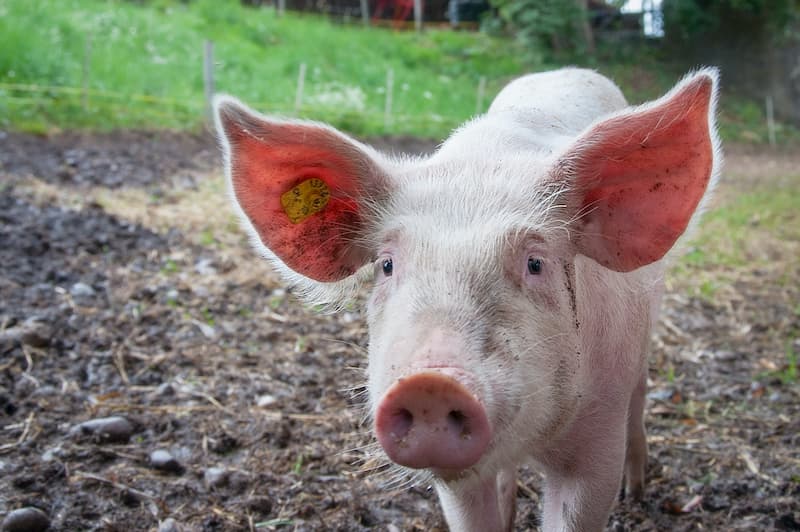Join us for new Knowing Growing online workshops for teachers
Knowing Growing is a joint initiative of three leaders in agriculture education – PIEFA, the Royal Agricultural Society of NSW, and the NSW Department of Primary Industries.
The aim of the program is to facilitate teaching about our primary industries in schools by providing quality professional development for all teachers. New online workshops are happening in October, November and December. Register now






